18 Months. Total Immersion. Industry Access. Unlimited Opportunity.
The M.Sc., Technology Innovation accelerates tech careers.
Top students from around the world immerse in a rigorous interdisciplinary curriculum, matched only in its intensity by its career rewards. Through one-of-a-kind, challenge-based experiences with leading tech companies, students learn by doing – gaining practical knowledge through a STEM-designated degree that blends engineering, business, and design. Empowered by world-class faculty and facilities at the University of Washington’s Global Innovation Exchange, responsible innovators gain unparalleled access to a lifetime of opportunity.
Integrated Engineering-Business-Design
Hardware design, software development, user-experience design, technology strategy, entrepreneurship – all these essential concepts and more come together in single, fully integrated, STEM-designated program – a fast-track career gateway for technology leaders.
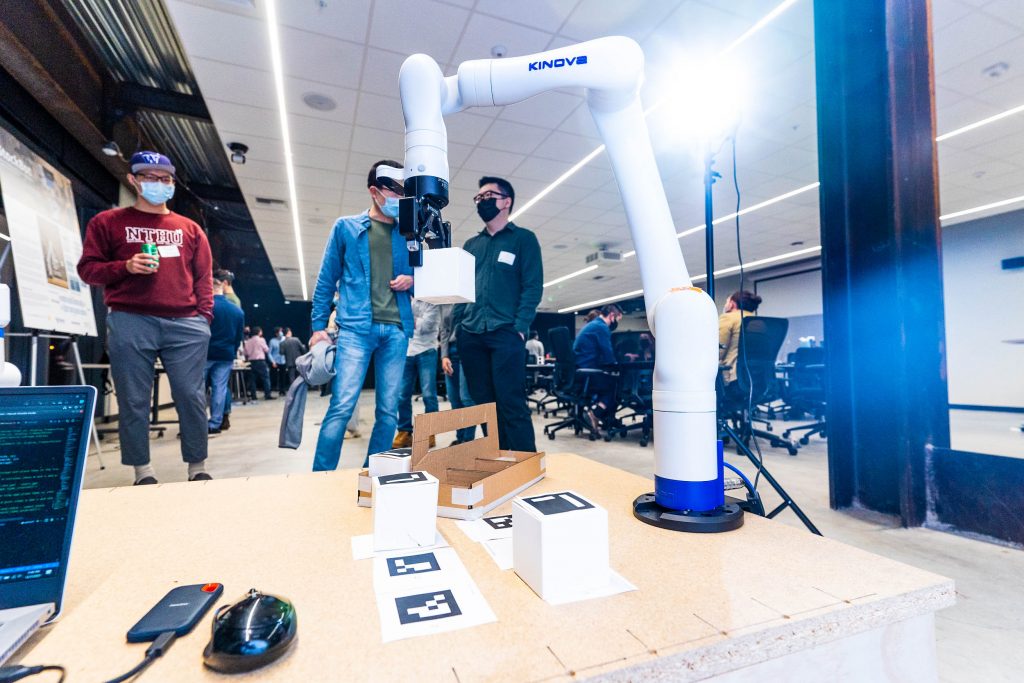
Tech-Sponsored Capstones
Microsoft, T-Mobile, and Meta are just a few of the companies each year that sponsor six-month capstone projects. Mentored by tech sector experts, students put interdisciplinary skills to work – integrating all they’ve learned about engineering, business, and design.
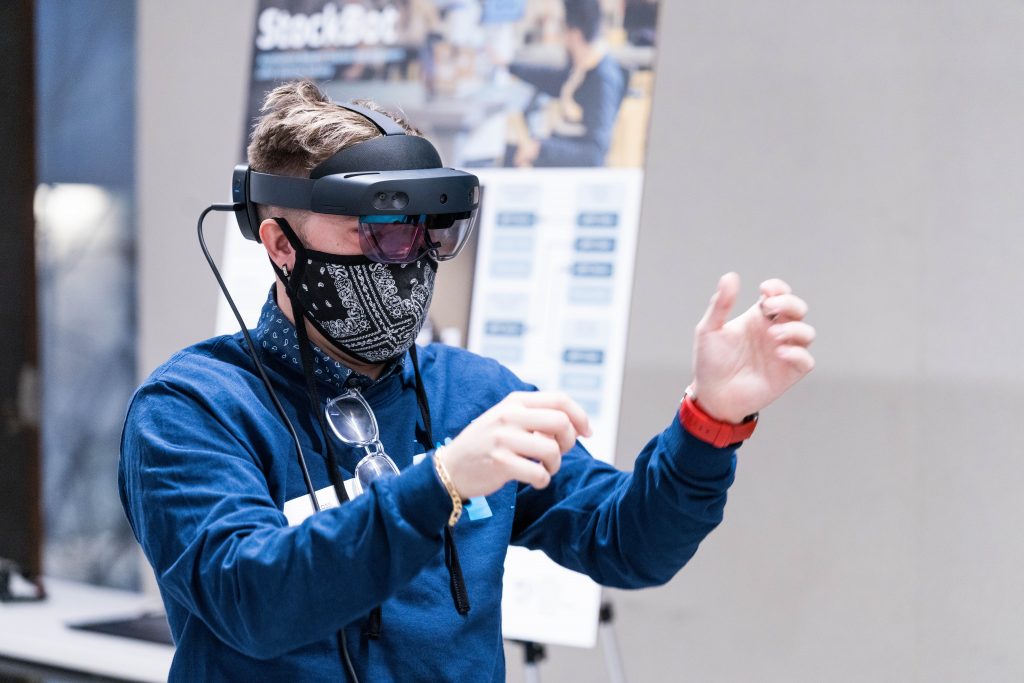
Tech Ecosystem Access
Live and study surrounded by one of the world’s leading technology and innovation hubs. The Seattle area is home to over 35,000 tech companies and ranks as the #1 city for early career tech professionals.
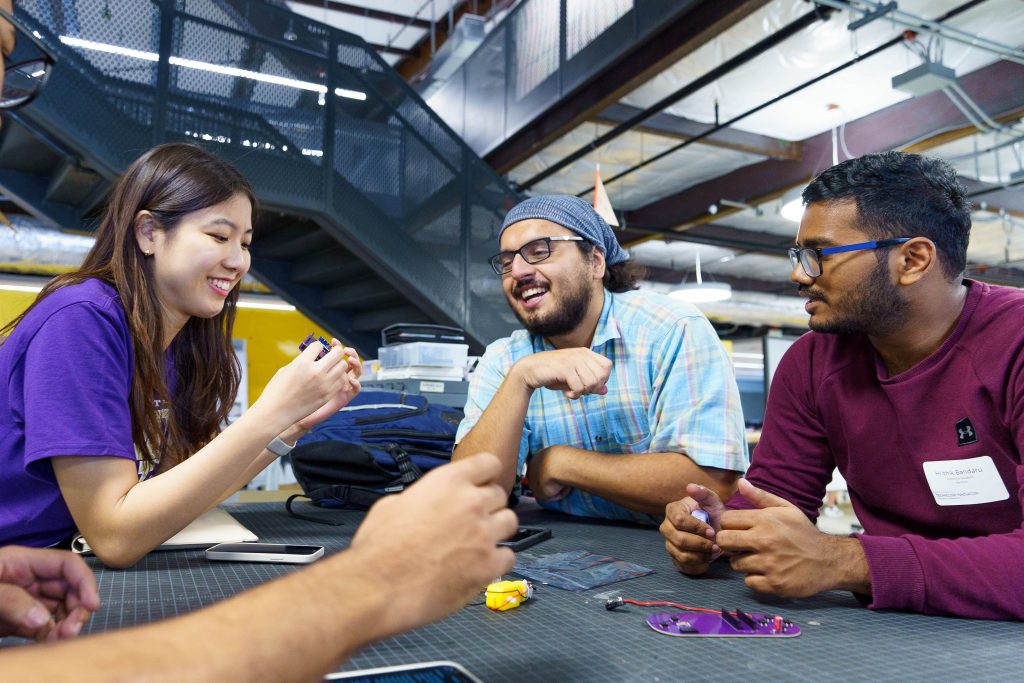
Rapid Prototyping Labs
Students put theory into practice just steps away from classrooms in state-of-the-art Rapid Prototyping Labs at the Global Innovation Exchange. Design, develop, and test ideas quickly — with input and guidance from expert faculty, staff, and dedicated innovators-in-residence.
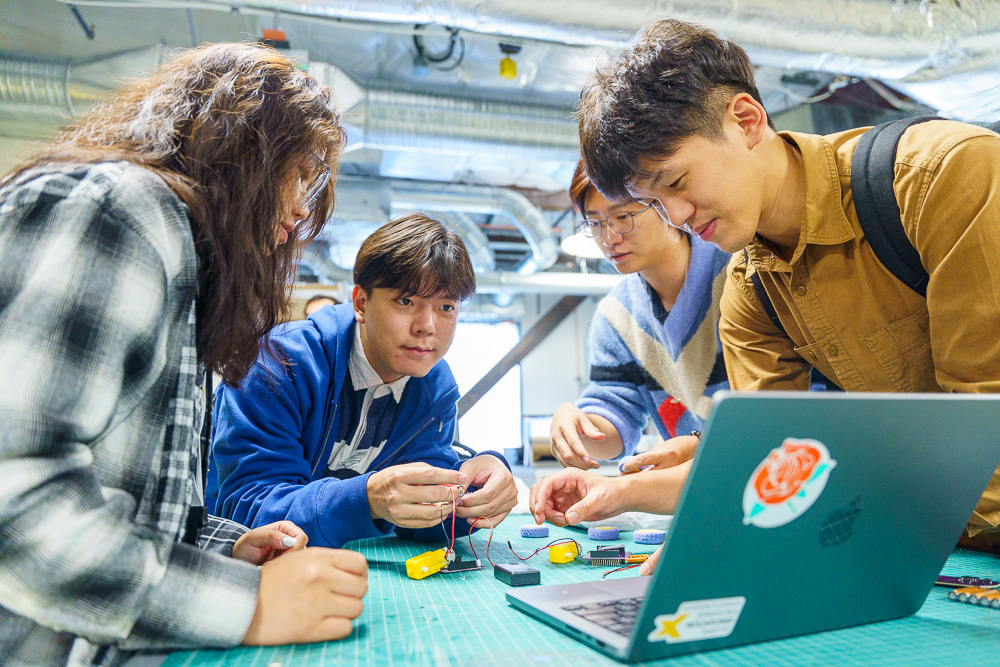
Tech Career Accelerator
Most graduates earn over USD 100,000 in their first job, making the M.Sc., Technology Innovation a technology career accelerator – offering high ROI with unlimited potential and possibility.
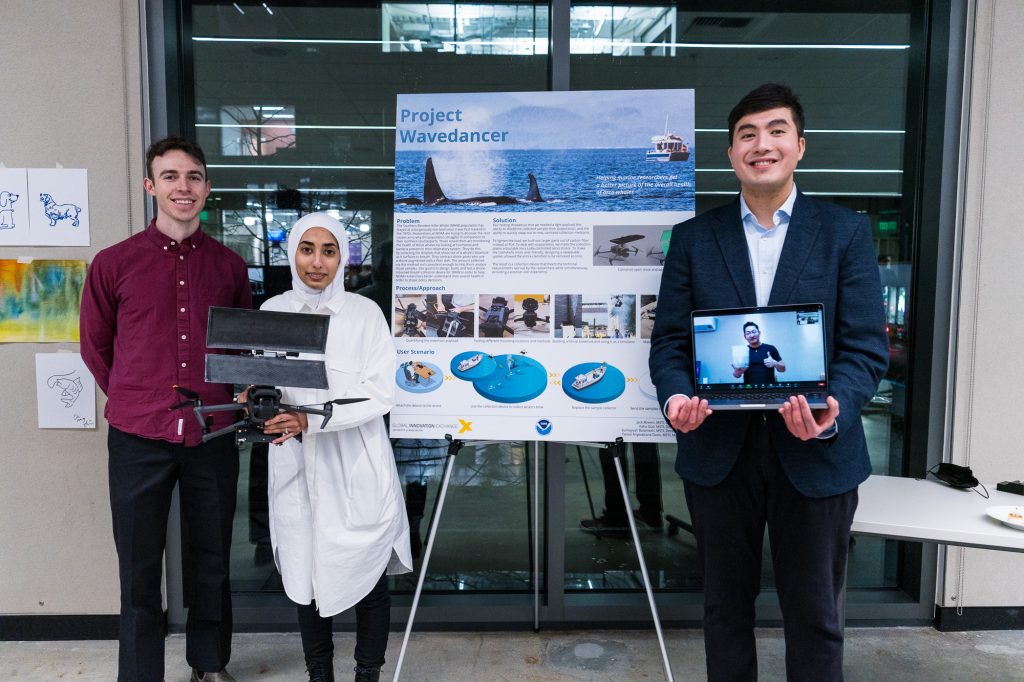
Learn About Launch Projects
Past Launch Projects in partnership with companies like Microsoft, T-Mobile, and Meta. Learn more.
Learn How to Apply
Are you ready to move beyond theory and accelerate your future? Learn more about applying.
